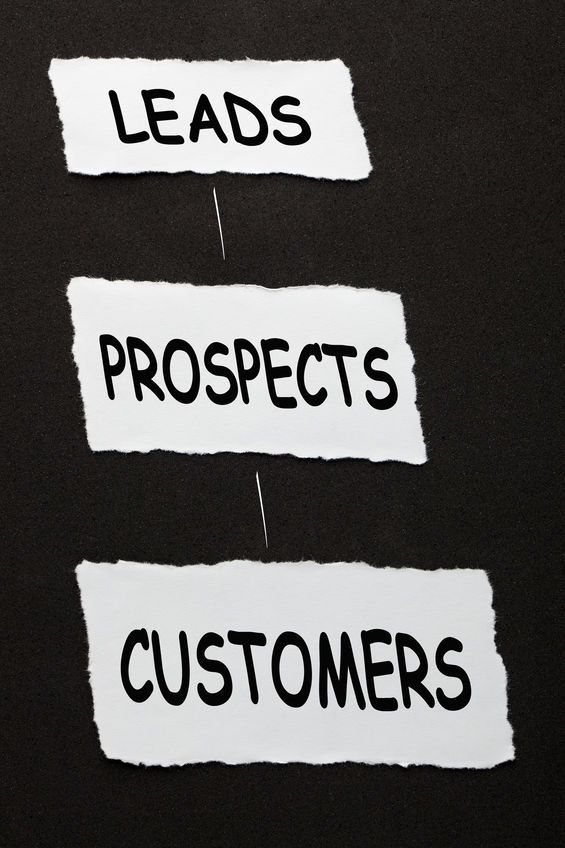Cold calls have long been a staple of sales. In some cases, calling on prospects who have not had any interaction with your organization can generate direct, real-time conversations, but those calls come with the downside of being intrusive to the recipient. Meanwhile, cold emails provide scalability and flexibility but risk being ignored. Which approach drives better results? The truth lies in using both methods strategically.
Cold Call vs. Cold Email: The Pros, Cons, and Best Practices






